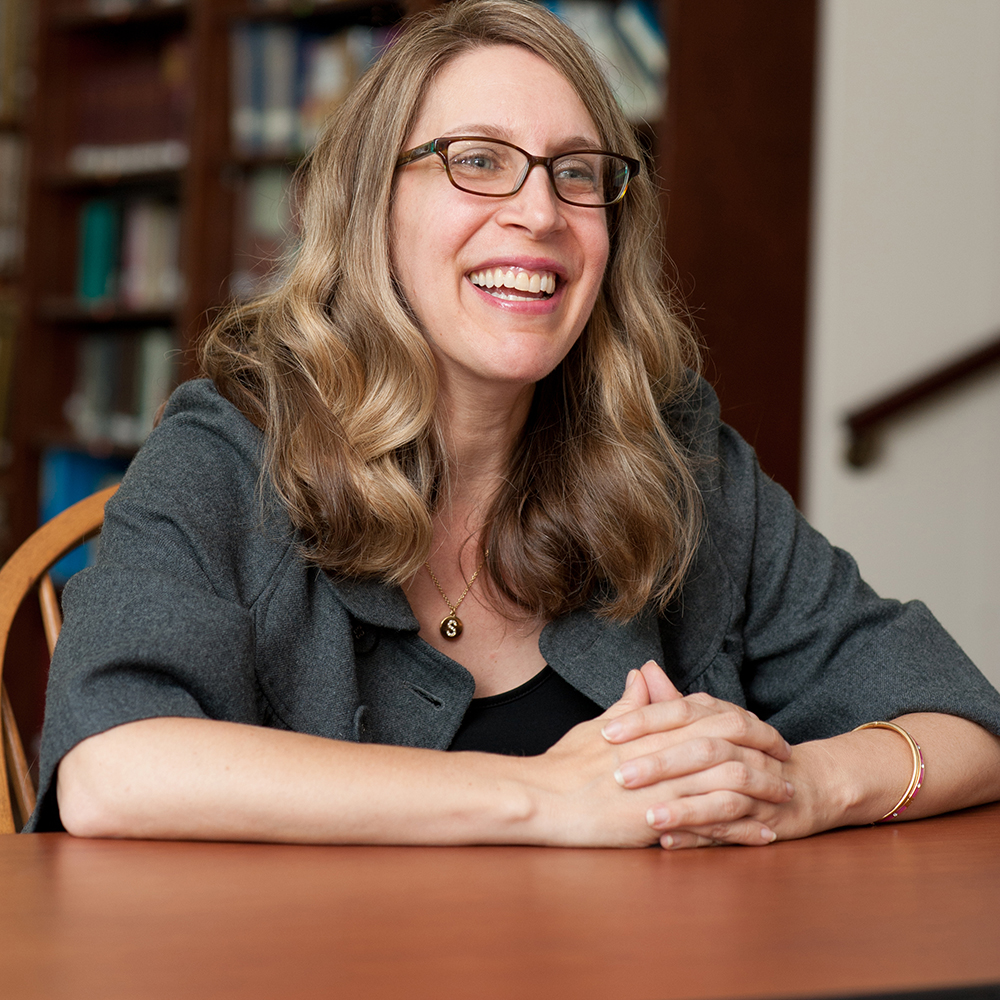Miriam’s Legacy of Leadership

If you were asked to rapidly rattle off the top three iconic biblical leaders, which would you name? There is a high probability that Moses would appear on the list or, possibly, Aaron or Abraham. Even if valued, Miriam most likely would not make the cut. In Parashat Hukkat, Miriam appears in one verse: “The Israelites arrived in a body at the wilderness of Zin on the first new moon, and the people stayed at Kadesh. Miriam died there and was buried there” (20:1). Immediately following her death, “The community was without water, and they joined against Moses and Aaron”(20–2). I imagine that this week, clergy, junior congregation facilitators, teachers, and camp counselors will discuss and advance text studies that explore the following: the Israelites’ restlessness and mistrust of their leaders to guide them to health and safety; Moses’s impatience with the Israelites’ enduring lack of gratitude and culture of complaint; the fallout of Moses’s riffing on God’s instructions to order a rock to produce water.
This brief mention of Miriam, however, inspired a series of midrashim that honor her as a leader and protagonist from Shemot through Bemidbar. According to the varied accounts of Miriam’s Well, Moses’s and Aaron’s sister was the true source of the mayyim hayyim (waters of life) in the desert. Some versions of the midrash suggest that Miriam’s Well was as old as the universe itself, created on either the second day (Pirke de-Rabbi Eliezer, 3) or on the eve of the very first Shabbat (Avot 5:6). While our biblical narratives are infused with chance meetings and negotiations at wells, Miriam’s Well was uniquely designed, and provided nourishment and comfort of care for the Israelites as they traveled with the Mishkan throughout the desert:
It [the well] resembled a rock the size of a beehive, from which, as out of a narrow-necked jug, water coming out in a trickle shot high up in the air like a geyser. The well rolled up mountains with [the people of] Israel and went down into valleys with them. Indeed, whenever Israel encamped, the well rested close by on an elevated spot opposite the entrance to the Tent of Meeting.(Tosefta Sukkah 3:11–13; Numbers Rabbah 1:2)
Many have adopted the modern ritual of placing a Miriam’s Cup of mayyim hayyim alongside Elijah’s Cup of wine at the Passover seder to celebrate Miriam’s agency and leadership in the Exodus narrative. This ritual enables us to induct Miriam into the league of male voices within Haggadah. After all, God created the mayyim hayyim to honor Miriam as a woman of enduring initiative: she watched over Moses as he floated down the Nile, and much later, lead the people in song and music immediately upon safely crossing the Sea of Reeds (Sefer Ha-Aggadah).
The legend of Miriam’s Well offers a deeper understanding of Chapter 20. The Israelites were parched because, with Miriam’s death, the Well disappeared (Talmud Bavli, Tractate Ta’anit 9a). Rashi comments on this, saying that the rock that “Moses . . . struck . . . twice with his rod” (20:11) was the no-longer-functional Miriam’s Well. When the Israelites complained that there were “no grain or figs or vines or pomegranates” (20:4), they were expressing their profound alarm that the mayyim hayyim that had once watered their gardens herbs, seeds, and trees had dried up (Sefer Ha-Aggadah). Read through the lens of the legend of Miriam’s Well, it is no wonder that the Israelites were disoriented by the sudden disappearance of their constant water source. Likewise, Moses’s striking of the rock can be seen in a more compassionate light—as a desperate attempt to revive what had until now sustained the multitudes of people in his charge.
The story of Miriam’s Well suggests that her death left a void that stretched beyond the lack of material sustenance. Miriam added a dimension of creative thinking and artistic, active, joyous participation within the Exodus narrative. Miriam’s legacy of leadership is that she modeled for the recently released slaves how to unshackle their former identity, and to take pleasure in what free people have time, mind-space, energy, and desire to do—join together in song and dance:
And the women dancing with their timbrels followed Miriam as she sang her song, sing a song to the one whom we’ve exalted, Miriam and the women danced and danced the whole night long.” (Debbie Friedman, “Miriam’s Song”[1])
While many discussions of Miriam’s positive contributions to the Exodus focus solely on her role in ensuring Moses’s survival, her leadership at the Red Sea demonstrates that she was not simply an adjunct character. She was an innovator of creativity. It would not be surprising, then, that immediately following her death, the Israelites’ grief would manifest through a limit of creative thinking about potential sources of sustenance, or that when water reappears in Chapter 21, so does the Israelites’ artistic creativity. We are told that the Israelites arrived in Beer, “which is the well where the Lord said to Moses, ‘Assemble the people that I may give them water’”(21:16). It is here that “Then Israel sang this song: ‘Spring up, O well—sing to it’” (21:17).
The reading of Parashat Hukkat offers an opportunity to honor Miriam and her legacy of Jewish leadership. While one of the central mitzvot of the Passover seder is to tell the story of the Exodus, we infuse the evening with multisensory delight, with song and movement, with the joyful celebration that Miriam modeled. We ask our nieces, nephews, children, and neighbors’ children to sing along with the tunes that they know best. Next year, when we prepare for our own seders, we can opt to include a Miriam’s Cup if we desire. Or we can whistle, clink a glass with our fork, or just sing with extra abandon. This is Miriam’s legacy.
[1] Music and lyrics by Debbie Friedman (based on Exodus 15:20–21), © A SIDE MUSIC LLC



